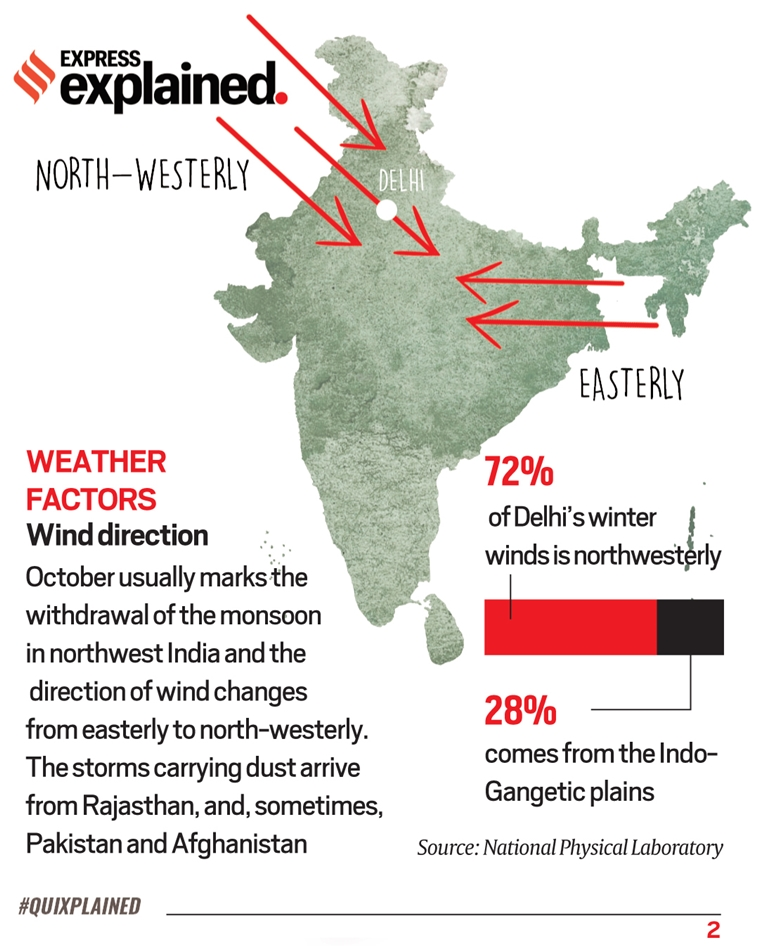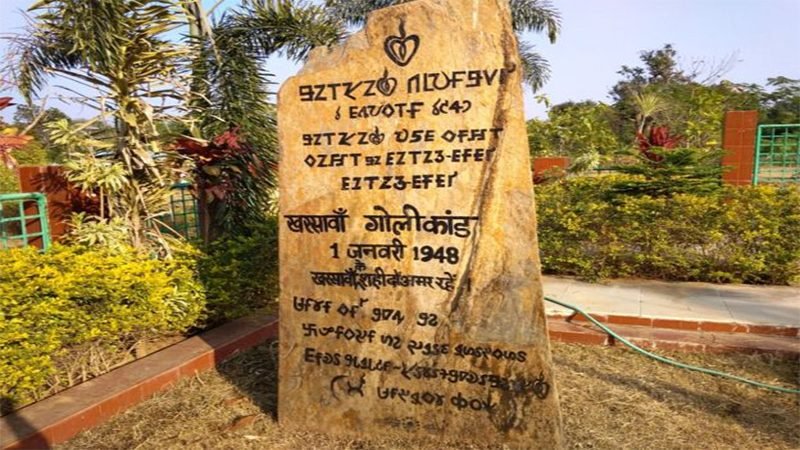
Income and wealth inequality in India from 1922 to 2023
Subscribers of "Current Affairs" course can Download Daily Current Affairs in PDF/DOC
Subscribe to Never Miss an Important Update! Assured Discounts on New Products!
Must Join PMF IAS Telegram Channel & PMF IAS History Telegram Channel
- Context (IE | IE): A new working paper by the World Inequality Lab examines income and wealth inequality in India from 1922 to 2023.
- Data from various sources, such as national income accounts, wealth aggregates, tax records, and surveys, were used for the analysis.
Key Findings
Growth in average incomes
- 1960-1990: growth rate of 1.6% per year.
- 1990-2022: growth rate of 3.6% per year.
- The fastest growth periods: 2005-2010 (4.3% per year) & 2010-2015 (4.9% per year).
Emergence of very high net worth individuals
- From 1990 to 2022, India experienced a rise in national wealth along with the emergence of very high-net-worth individuals.
- The number of such individuals increased from 1 in 1991 to 52 in 2011 and further to 162 in 2022.
|
Rise in the percentage of income tax payers
- The proportion of adults filing income tax returns was less than 1% until the 1990s, but it saw significant growth after the economic reforms of 1991.
- By 2011, this proportion had exceeded 5%, indicating a substantial increase.
- Over the last decade, roughly 9% of adults filed tax returns between 2017 and 2020.
Extreme levels of inequality in India in 2022-23
- The top 1% received 22.6% of the national income, the highest since 1922, surpassing even the colonial period.
- Additionally, the wealth share of the top 1% stood at 40.1%, the highest since data collection began in 1961.
- It raises concerns about the sustainability of such heightened inequality levels without significant social and political repercussions.

Extreme wealth concentration at the very top
- Between 1961 and 2023, the wealth share of the top 1% tripled from 13% to 39%. Most of these gains occurred after 1991, with the top 1% shares consistently rising until 2022-23.
- Within the top 1%, wealth concentration is exceptionally high. In 2022-23, the top 1% held 39.5% of the wealth.
International comparison of income inequality
- The paper compares India’s income and wealth inequality with several countries, including Brazil, China, France, South Africa, the United Kingdom, and the United States as of 2022.
- India ranks second in terms of the income share of the top 10%, trailing only South Africa.
- However, when looking at the income share of the top 1%, India has the highest level at 22.6%.
- According to the paper, India’s top 1% income share is among the highest globally.
International comparison of wealth inequality
- Both with the top 10% and the top 1%, India’s wealth concentration is moderate.
- Brazil and South Africa exhibit extreme levels of wealth concentration, with top 10% shares of 85.6% and 79.7%, respectively.
Poor data leading to likely underestimation of inequality
- The economic data quality in India is notably poor and has worsened recently.
- The paper suggests that the findings likely underestimate the true levels of inequality.
Policy solution
- Implementing a super tax on Indian billionaires and multimillionaires is suggested.
- Restructuring the tax schedule to cover both income and wealth is proposed.
World Inequality Lab
|




![PMF IAS Environment for UPSC 2022-23 [paperback] PMF IAS [Nov 30, 2021]…](https://pmfias.b-cdn.net/wp-content/uploads/2024/04/pmfiasenvironmentforupsc2022-23paperbackpmfiasnov302021.jpg)











